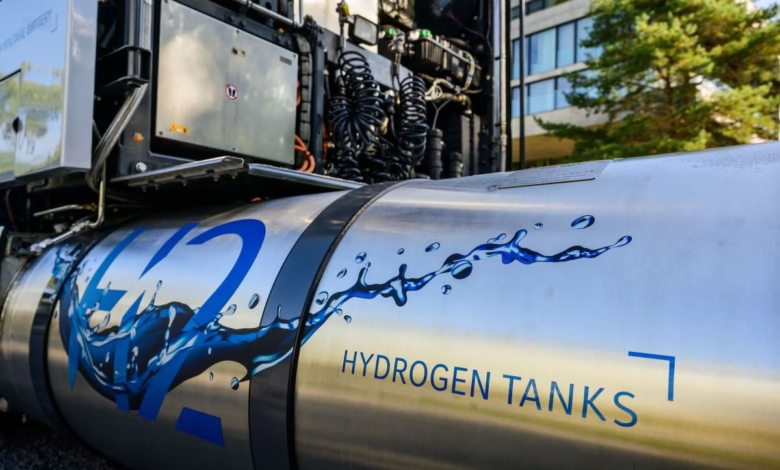Tulum Energy Raises $27M With Forgotten Hydrogen Tech

▼ Summary
– Between 2002 and 2005, Techint Group engineers accidentally discovered methane pyrolysis in an electric arc furnace, producing hydrogen and carbon without oxygen.
– The discovery was initially ignored for 20 years due to lack of interest in hydrogen production at the time.
– Techint’s VC arm later revived the idea, leading to the creation of Tulum Energy, which recently raised $27 million in seed funding.
– Tulum’s method avoids expensive catalysts and uses modified, widely available electric arc furnace technology, giving it a competitive edge.
– The company aims to produce hydrogen at $1.50/kg in the U.S., undercutting green hydrogen costs while selling the carbon byproduct.
Sometimes the most groundbreaking innovations emerge from unexpected accidents. That’s exactly what happened when engineers at the Techint Group stumbled upon a surprising phenomenon while fine-tuning an electric arc furnace for steel production. Instead of the carbon electrodes deteriorating as expected, they were growing larger, an anomaly that would later become the foundation for Tulum Energy’s revolutionary hydrogen production method.
Back in the early 2000s, the team unknowingly triggered a pyrolysis reaction, a process that breaks down methane without oxygen, yielding pure hydrogen and solid carbon. At the time, the discovery barely raised eyebrows. “Nobody cared about hydrogen back then,” recalls Massimiliano Pieri, CEO of Tulum Energy. The findings were shelved for nearly two decades, until the global push for clean hydrogen solutions brought them back into the spotlight.
Fast forward to today, and Tulum Energy has secured $27 million in seed funding, led by TDK Ventures and CDP Venture Capital, with participation from Doral Energy-Tech Ventures, MITO Tech Ventures, and Techint’s own TechEnergy Ventures. The oversubscribed round underscores the growing interest in methane pyrolysis, a method that produces hydrogen from natural gas without releasing carbon dioxide, a major advantage over conventional steam methane reforming.
While competitors like Modern Hydrogen and Monolith are also exploring pyrolysis, Tulum stands out by eliminating the need for costly catalysts and leveraging proven electric arc furnace technology. This approach not only reduces operational expenses but also accelerates scalability. The company plans to deploy its pilot plant in Mexico, adjacent to an existing Techint steel facility, where it can supply hydrogen and carbon directly for industrial use.
At full capacity, a commercial-scale plant could churn out two tons of hydrogen and 600 tons of carbon daily. With projected costs of $1.50 per kilogram of hydrogen in the U.S., Tulum’s solution is competitively priced against traditional methods, and even more affordable when factoring in revenue from carbon byproducts.
What began as an overlooked experiment could now play a pivotal role in decarbonizing heavy industry. For Tulum Energy, the lesson is clear: sometimes the best ideas are hiding in plain sight.
(Source: TechCrunch)